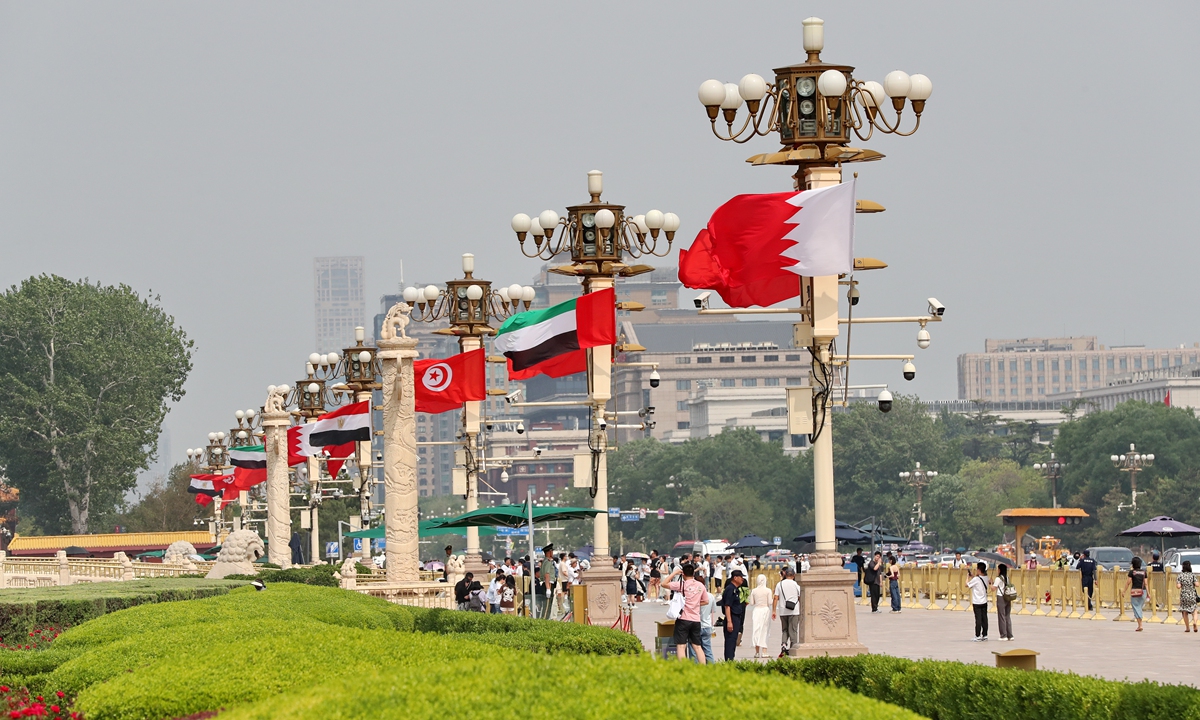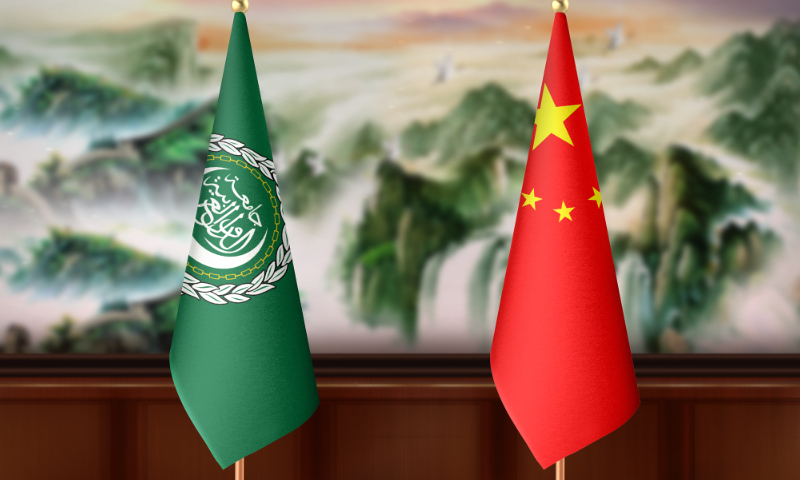This China-Poland freight train bears special representativeness: Global Times editorial

A train fully loaded with diverse goods departed from Xi'an on May 25, 2024, bound for Malaszewicze, Poland. Photo: Xinhua
The first regular freight train between China and Poland arrived in Warsaw a few days ago, successfully delivering air conditioners, coffee machine accessories, egg beaters and other goods from China to markets thousands of miles away. The train will then return to China carrying a large number of European products. According to estimates, compared with previous sea transportation, the entire transportation time of this freight train will be saved by more than half, and the average freight rate per container will be reduced by about 20 percent. Some European media outlets said that this is "a business opportunity," adding that "other countries such as Hungary, Italy and Spain will also try to attract investments from China."
The opening of this regular freight train is of far more significance than simply economic and trade connectivity. Poland is a member of NATO and has close relations with the US. However, China has never asked Poland to take sides or refused bilateral cooperation. Poland has also been cautious in handling its relations with China under US pressure. After the outbreak of Russia-Ukraine conflict, Poland was once considered NATO's "trump card against Russia." At that time, many analysts in the West believed that this would affect Poland's stance on cooperation with China, even though China has no relation with the Russia-Ukraine conflict. However, this imagined scenario of camp confrontation has not materialized. Under head-of-state diplomacy, China-Poland cooperation has become closer and more pragmatic.
China and Poland still firmly promote pragmatic cooperation in a complex geographical environment, and even become an example and benchmark for China-EU cooperation. It also shows once again that as long as we adhere to the spirit of mutual benefit and win-win, we will definitely find a broader space for cooperation. It is also under this philosophy that China-Poland cooperation has achieved remarkable results: Poland, as an important fulcrum of the Belt and Road Initiative, is the gateway for China-Europe freight trains to enter the EU. Nearly 90 percent of China-Europe freight trains transit through Poland or transfer through Poland to various parts of Europe. Since the cooperation between China and Central and Eastern European countries was launched, Poland has become China's largest trading partner in Central and Eastern Europe, and China has also become Poland's largest economic partner in Asia.
The launch of the "Guangzhou International Port - Warsaw" China-Europe freight train with full timetables has special significance, serving as a microcosm of the two major markets of China and Europe mutually attracting and helping each other succeed. Almost at the same time as the train arrived in Warsaw, another China-Europe freight train departed from Wuhan, bound for Duisburg. Its departure marked the China-Europe freight trains made 10,000 trips so far this year, breaking the 10,000 mark 19 days earlier than last year. In 2020, the China-Europe freight trains exceeded the 10,000 mark for the first time in a year. In just four years, despite experiencing ups and downs such as the pandemic, local conflicts, and global supply chain tensions, the China-Europe freight trains have shown strong development momentum against the trend, which is by no means accidental.
As a mode of transportation, the China-Europe freight trains have established a new all-weather, high-capacity, green and low-carbon land transportation channel, which is a major innovation in the international transportation service system. The transportation price of China-Europe freight trains is one-fifth of air transportation, and the transit time is one-fourth of sea transportation. It is less affected by natural environments, has high stability, and is highly attractive to products with a certain volume and timeliness requirements. This is a positive asset that China and Europe jointly provide to the international community, and it also means that in various fields of China-Europe cooperation, we can have more imagination and greater ambitions.
It should be seen that the cooperation between China and Europe is not too much, but too little, and Europe should not "de-risk," but should "break down barriers." The rising geopolitical risks are actually an opportunity for China and Europe to strengthen cooperation, rather than a reason to reject it. Currently, there are some issues and challenges facing the China-Europe relationship, with Europe facing significant internal and external pressures in developing its relations with China. However, we also see that the power of pragmatic cooperation is always restraining "decoupling" push, and is growing stronger. The current trend in the world is still development, and the fundamental needs of countries are still national economy and people's livelihoods. The political turmoil in Europe caused by the rise of populism is ultimately due to problems with people's livelihoods. In today's globalized world, if we want to seek development, it is impossible to close the door and work in isolation.
In recent years, China-Europe cooperation has been upgraded in terms of scope and form, maintaining this momentum is the real way for Europe to "de-risk." This can be seen in the operation of the "Guangzhou International Port - Warsaw" China-Europe freight train, as well as in the Polish town of Malaszewicze, which has gained fame due to the China-Europe freight trains, and in the Hungarian city of Szeged, which has a large-scale new energy vehicle factory through cooperation with BYD. In fact, as long as one does not have any ideological biases, anyone can see clearly and understand.



